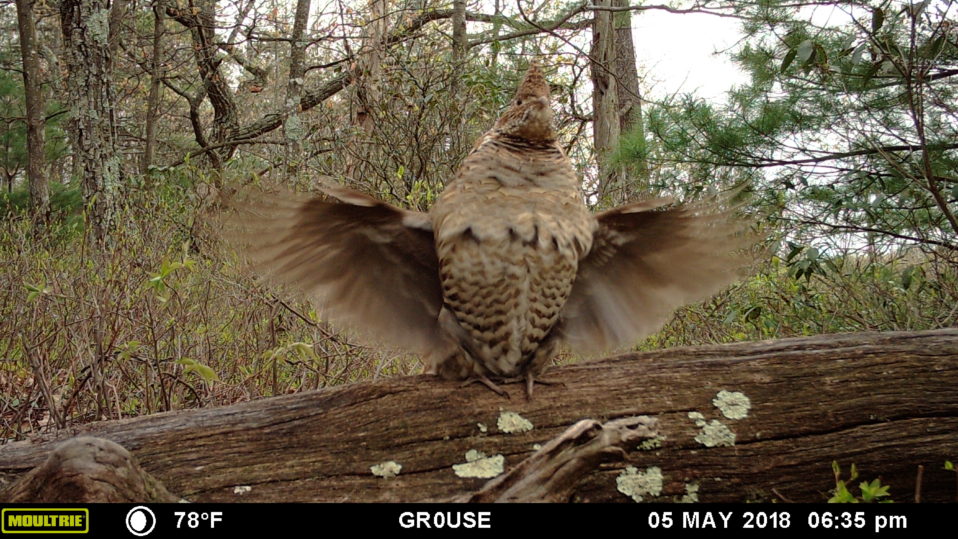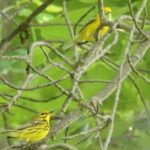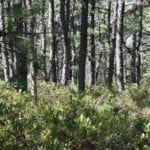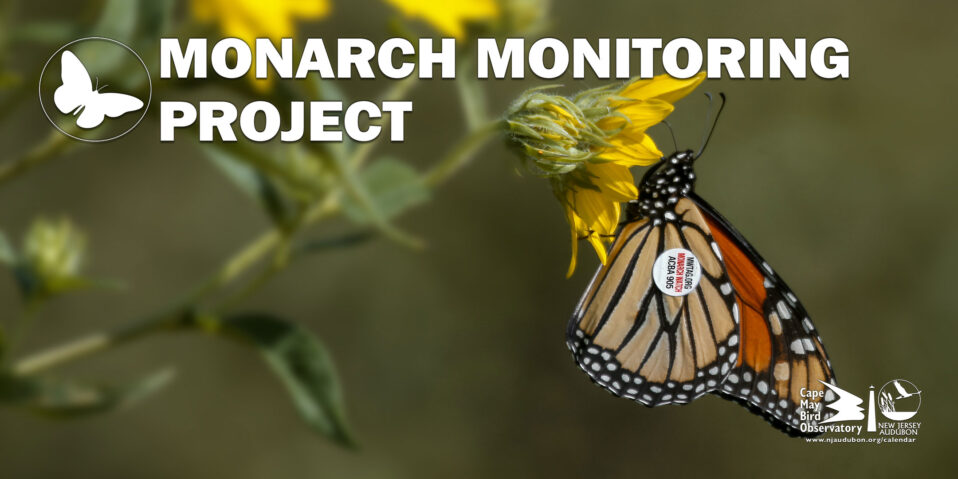Recently the NJ Fish and Game Council unanimously voted to close the Ruffed Grouse hunting season, citing extremely low numbers of the bird across the state. While Grouse have been documented as declining precipitously over the last few decades, this is not unique to NJ. Since 1980, eighteen Northeastern, Midwestern, and Southeastern states have experienced a steady Grouse decline so much so that they list Ruffed Grouse as a “species of greatest conservation need.” The declines across these states all point to a shared challenge, as forests mature, they stop providing for the needs of Ruffed Grouse. These maturing forests do not provide the thick understory cover and diversity of food items to sustain the birds.
According to the Ruffed Grouse Conservation Plan for the Northeast, “population declines of Ruffed Grouse” and other wildlife species that require young forest habitat can only be stemmed or reversed by increasing the abundance of these habitats through the use of sustainable forest management. The negative public attitude toward this type of habitat management is the single greatest challenge faced by natural resource and wildlife managers when proposing forest management for these young forest species.”

Young Forest Habitat in Northwest NJ – photo by John Parke
As stated by New Jersey Division Fish and Wildlife in their press release regarding the closure of the Grouse season, “Grouse require Young Forest (<20 years of age) which constitute an estimated 5% of state forest lands; with the majority of forest lands (69%) are at least 60 years of age.”
Historically, young forest habitat was sustained primarily by natural disturbance factors (e.g. windthrow, fire, beaver, etc.) or fire caused by Native Americans. Today, these disturbances that historically created young forest habitat are suppressed or don’t occur at all. In a landscape like NJ that is dissected by development, infrastructure, agricultural fields, and other non-forestlands, choosing forested locations to mimic these natural disturbances takes careful planning and expertise. Unfortunately, because this type of habitat management can be visually dramatic and seemingly counterintuitive to conservation and forest health, it is often both poorly understood or accepted. In fact, just look to iconic mascots like Smokey Bear and the Lorax, who for sometimes good reason, cast a frown and raised concern for some forest disturbance tools and techniques.
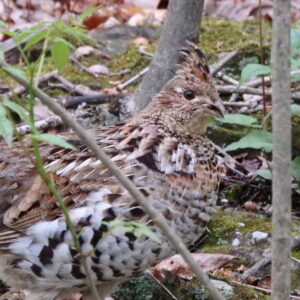
Ruffed Grouse in Northern NJ -Photo by John Parke
Although research from across North America has demonstrated that Ruffed Grouse and other declining species benefit from, if not require, landscapes that have suitable young forest habitat available, there are other challenges impacting the future of Grouse. Specifically, West Nile virus has been identified as a threat to Grouse and other birds, and yet populations can recover if they have good habitat. As indicated in a recent study of West Nile in Grouse populations in Pennsylvania, “populations in marginal areas haven’t recovered, while grouse in healthy forests have. So, no matter what the question, better quality habitat is usually the answer for population recovery.”
Over the past 15 years, New Jersey Audubon has been working with public and private landowners throughout New Jersey to address this conservation issue by developing forest stewardship plans and implementing young forest habitat projects. Over the past 5 years, NJA has also been studying Ruffed Grouse, documenting presence, and absence, throughout their historic range in northwestern NJ to help outline a path for the species to recover along with other young forest species, such as the Golden-winged Warbler.




